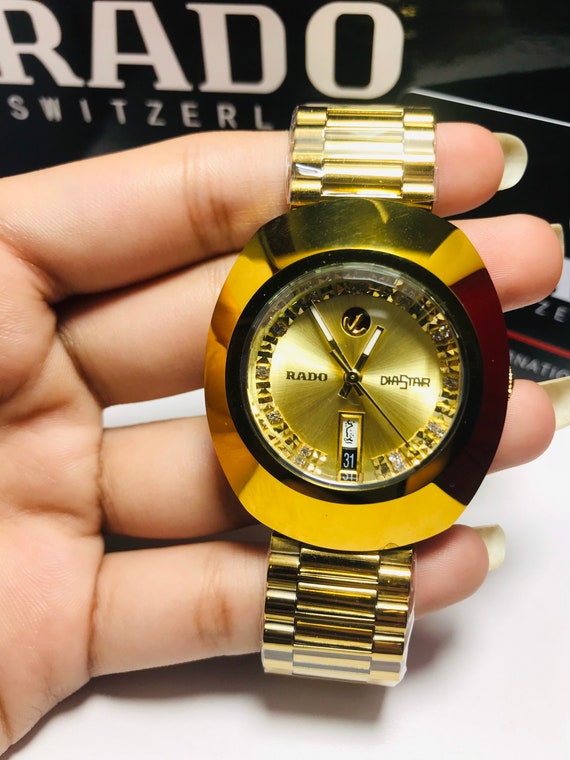
Only five years after its foundation in 1957, Rado patented a new type of alloy called “ Hardmetal”, this alloy is created from Tungsten carbide powder that is initially injected into a high temperature oven and then transformed into a new mass through a sintering process. Introducing Hardmetal in watchmaking, in 1957 Back in those days Rado‘s billboards sported ads claiming that its watches were “ Extraordinary Watches for Extraordinary Men” and it advertized different watch models, among which was the Rado Captain Cook (the scuba diver’s watch par excellence) and the Rado Diastar, the very first scratch-resistant timepiece in history. My father introduced me to this brand when I was only 10 a time when my passion for watches was growing bigger and bigger by the day. My relationship with Rado started when I was young and it is linked to my father, who still wears a Rado Captain Cook, also known as Rado Ticin (from the name of the importer of Rado watches in Italy). Rado‘s ideas are still so fresh and vibrant that it makes you wonder whether the company only appeared on the market a few years ago, so it is strange to think that the Rado Diastar, the very first scratch resistant timepiece ever created and the very first timepiece featuring a sapphire glass to guard the dial, only came to life in 1962. Rado was the first manufacturer to ever create its own metallurgy department and today, this department, is still in charge of producing different ceramic compounds a reality that some of the most famous brands and Rado‘s competitors only started to discover 10 or 20 years ago. When back in the 60s all watchmakers were still producing steel timepieces, Rado had already started to craft the very first scratch-resistant watches a smart move that most brands wouldn’t even take into consideration at that time and a move that became one of the trademarks of the company from Legnau.



The Rado Diastar Original in its modern edition.Introducing Hardmetal in watchmaking, in 1957.A bit about Rado’s roots in watchmaking.


 0 kommentar(er)
0 kommentar(er)
